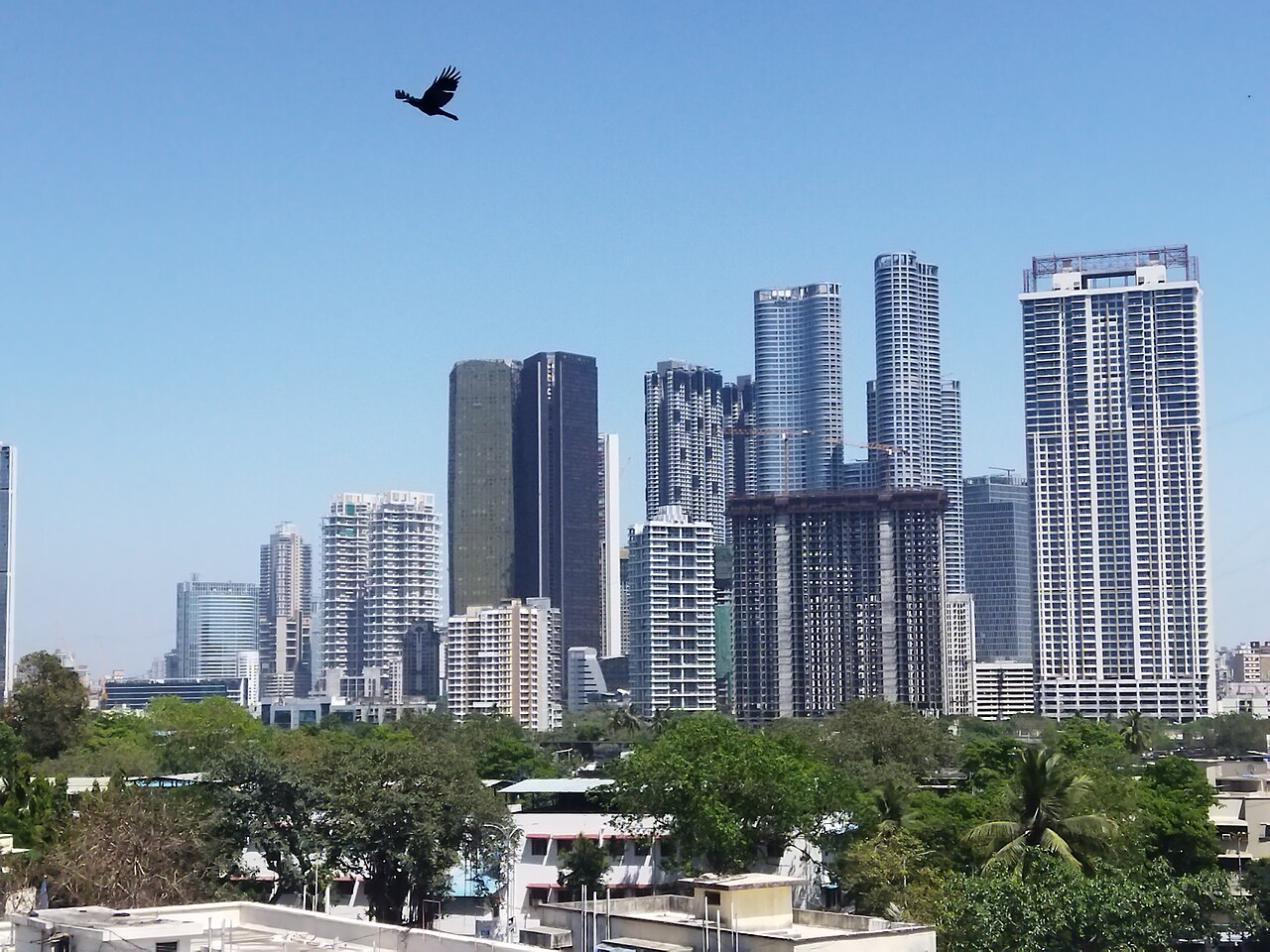I was recently in Dubai and often in the shadow of very tall buildings, including the Burj Khalifa and many of its peers on the city’s famed Sheikh Zayed Road. The neighbourhood in which my relatives in the city live has also acquired several new tall apartment buildings in the last decade. My relatives lost their view of the sunrise, sure, but they also lost the wind as and when it blew. And I began to wonder whether, just as dams and gates can kill a river by destroying its natural flow, skyscrapers could distort the wind and consequently the way both people and air pollution are affected by it.
Wind speed is particularly interesting. When architects design tall buildings, they need to account for the structure’s ability to withstand wind velocity, which increases with altitude and whose effects on the structure also diversify. For example, when a building causes a wind current to split up to either side as it flows past, the current forms vortices on the other side of the building. This phenomenon is called vortex-shedding (see the video below). The formation of these vortices causes the wind pressure around the building to undulate in a way that can sway the building from side to side. Depending on the building’s integrity and design, this can lead to anything from cracked window glass to… well, catastrophe.
However, it seems such effects – of the wind on buildings – are relatively more popular than the effects of tall buildings on the wind itself. For starters, a building that presents a flat face to oncoming wind can force the wind to scatter across the face (especially if the building is the tallest in the area). So a part of the wind flows upwards along the building, some flows around the sides and some flows downwards. The last one has been known to lead to a downdraughts strong enough to topple standing lorries and move cars.
The faster the wind, the faster the downdraught. A paper published in December 2019 reported that the average wind speed around the world has been increasing since 2010. The paper was concerned with the effects of this phenomenon on opportunities for wind-based power but it should be interesting to analyse its conclusions vis-à-vis the world’s, including India’s, skyscrapers as well.
If the streets around the building are too narrow for a sufficient distance, they can further accelerate the downdraught, as well as natural low-altitude winds, turning the paths into deadly wind tunnels. This is due to the Venturi effect. A 1990 study found that trees can help counter it.
With the exception of Mumbai, most Indian cities don’t yet have the skyscraper density of, say, Singapore, New York or Dubai, but the country is steadily urbanising and its cities’ population densities are on the rise. (Pardon me, I’ve made a rookie mistake: skyscrapers aren’t high density – see this and this. Instead, let me say:) The rich in India are becoming richer, and as cities expand, there’s no reason why more skyscrapers shouldn’t pop up – either as lavish residences for the ultra-wealthy or to accommodate corporate offices. We are all already familiar with an obsession among the powers that be with building increasingly taller structures as a pissing contest.

This possibility is encouraged by the fact that most of India’s cities (if not all of them) are semi-planned at best. City officials also seldom enforce building codes. Experts have written about the effects of the latter on Indians’ exposure to hydro/seismological disasters (remember: buildings kill people), but in future, we should expect there to be an effect due to the buildings’ interaction with the wind as well.
Poorly enforced building codes, especially when helped along by corrupt government, also have the effect of enabling builders to violate floor-safety indices and build structures so tall that they exacerbate water shortage, water pollution, local road traffic, power consumption, etc. The travails of South Usman Road in Chennai, where I lived for many years, come to mind. In fact, it is telling that India’s tallest building, the Palais Royal in Mumbai, has also been beleaguered by litigation over illegalities in its construction. According to a 2012 post on the Structural Engineering Forum of India website, consulting firm RWDI analysed the effects of winds on the Palais Royal but the post has nothing to suggest the reciprocal was also true.
Remember also that most of India’s cities already have very polluted air (AQI in excess of 200), so we can expect the downdraughts to be foul as well, effectively bringing pollutants down to where the people walk. I’m also similarly concerned about the ability of relatively higher winds to disperse pollutants if they are going to be scattered more often by a higher density of skyscrapers, akin to the concept of a mean free path in physics.
One thing is for sure: our skyscrapers’ wind problem isn’t just going to blow over.